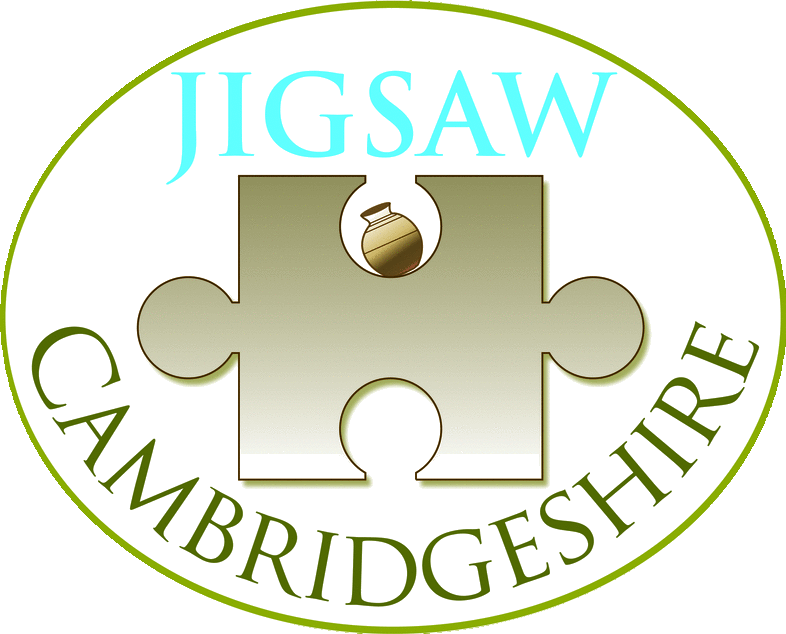Middle Neolithic Pottery 3500-3000/2800 BC
During the middle Neolithic pottery continues to be characterised by the use of flint-tempered fabrics and stabbed or impressed decoration, now using a range of tools particularly whipped or twisted cord wrapped around a stick and pressed into the wet clay, the end of bird bones, hollow reeds or quills and fingertip and fingernail impressions.
In East Anglia the local impressed ware is called Peterborough Ware. Peterborough Ware came into use alongside a number of changes in settlement patterns and monument forms around 2700BC; these include the adoption of cursus monuments and bank barrows, a greater number of ring ditch monuments and a movement towards single inhumation and cremation as the predominant burial rites.
Three types or sub-styles of Peterborough Ware are found in East Anglia. Ebbsfleet bowls are simple, undecorated or sparsely decorated and round-based bowls; Mortlake bowls are round based and highly decorated with elaborate rim forms and Fengate vessels have a distinct collar and narrow, flat base (Gibson 1995).



